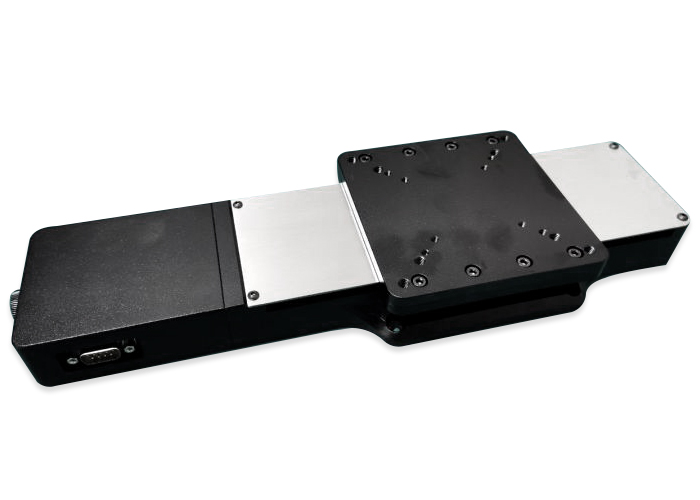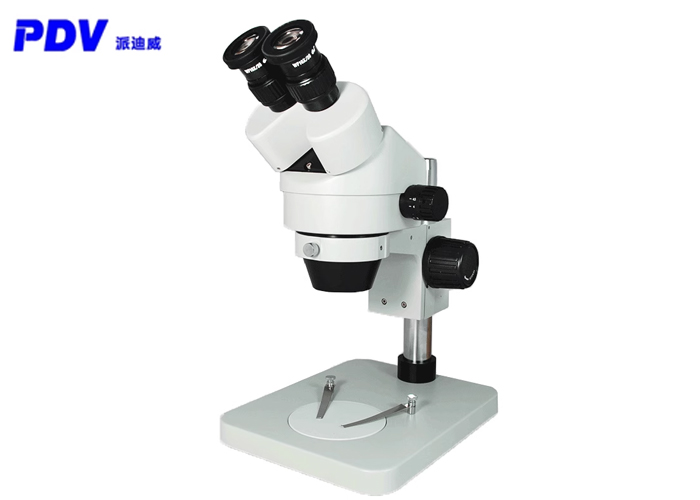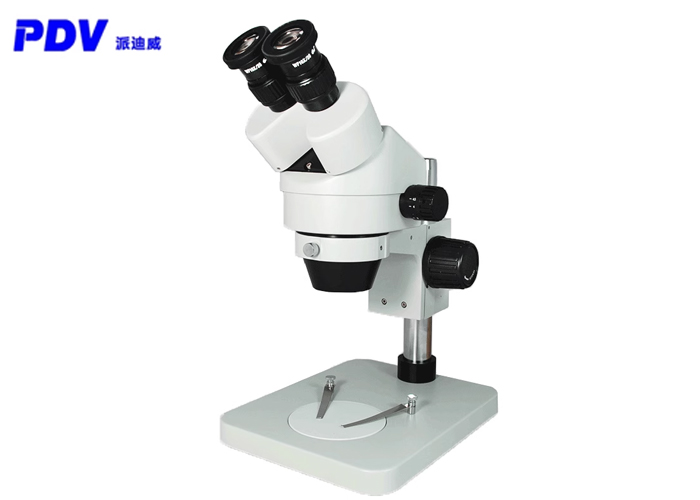Electric sliding stage is a sliding stage device driven by an electric motor, used to achieve the translation or rotation movement of materials or workpieces on a plane or curved surface. It is widely used in fields such as mechanical manufacturing, electronic industry, semiconductor manufacturing, and rail transit. Electric slide platforms have the advantages of simple structure, high power, high accuracy, easy control and installation, and play an important role in industrial automation and intelligent production.
Classification of electric sliding stages
Electric sliding stages can be divided into linear electric sliding stages and rotary electric sliding stages based on their movement mode. Linear electric sliding stage is used for translational motion along the straight direction, suitable for light load, low speed and small stroke working conditions; The rotating electric stage table is used for rotating around the axis and is suitable for working conditions with large stroke, high load, and high speed. According to the driving method, electric sliding platforms can be divided into two types: motor type and steel ball wire type. The motor type electric sliding stage directly drives the guide rail through an electric motor, with a large stroke and high accuracy; The steel ball and wire electric sliding stage uses steel ball and screw transmission to achieve movement, with short stroke and slightly lower accuracy.

The main characteristics of electric sliding stage
1. Simple structure: The structure of the electric sliding stage is relatively simple, consisting of components such as motors, transmission systems, and guide rails, making it easy to manufacture and maintain.
2. High precision: The electric sliding stage is composed of precise guidance, transmission system, and sensors, which can achieve high-precision position adjustment and positioning motion.
3. Reliable and stable: All components of the electric sliding stage have undergone strict testing and optimization, ensuring stable and reliable performance and long service life.
4. Easy to control: The electric sliding stage can be controlled through mechanical transmission, PLC, PC, and other methods, with the characteristics of simple operation, powerful functions, and high degree of automation.
5. Wide application range: Electric slide tables are widely used in industries such as mechanical manufacturing, semiconductor manufacturing, precision instruments, optical devices, electronic appliances, rail transit, aerospace, and so on.
Application scenarios of electric sliding stages
1. Mechanical manufacturing: During the machining process of machine tools, the electric slide can achieve high-precision positioning and movement of workpieces, improving production efficiency and processing quality.
2. Optical components: In the processing of optical components, the electric slide can achieve high-precision position changes and angle adjustments, ensuring the quality and stability of optical components.
3. Semiconductor manufacturing: In semiconductor manufacturing, electric slide tables can be used for automated production, testing, and inspection of chips, improving production efficiency and quality.
4. Rail transit: In rail transit, electric sliding platforms can be used for system operation and maintenance, improving transportation efficiency and safety.
5. Aerospace: In aerospace, the electric sliding stage can be used for attitude control and position adjustment of satellites to ensure the accuracy and safety of satellites.
In short, as an important automation equipment, electric sliding stages have the characteristics of simple structure, easy control, and high accuracy, and are widely used in various fields. With the development of technology, the technology and application prospects of electric sliding stages are becoming increasingly broad.













